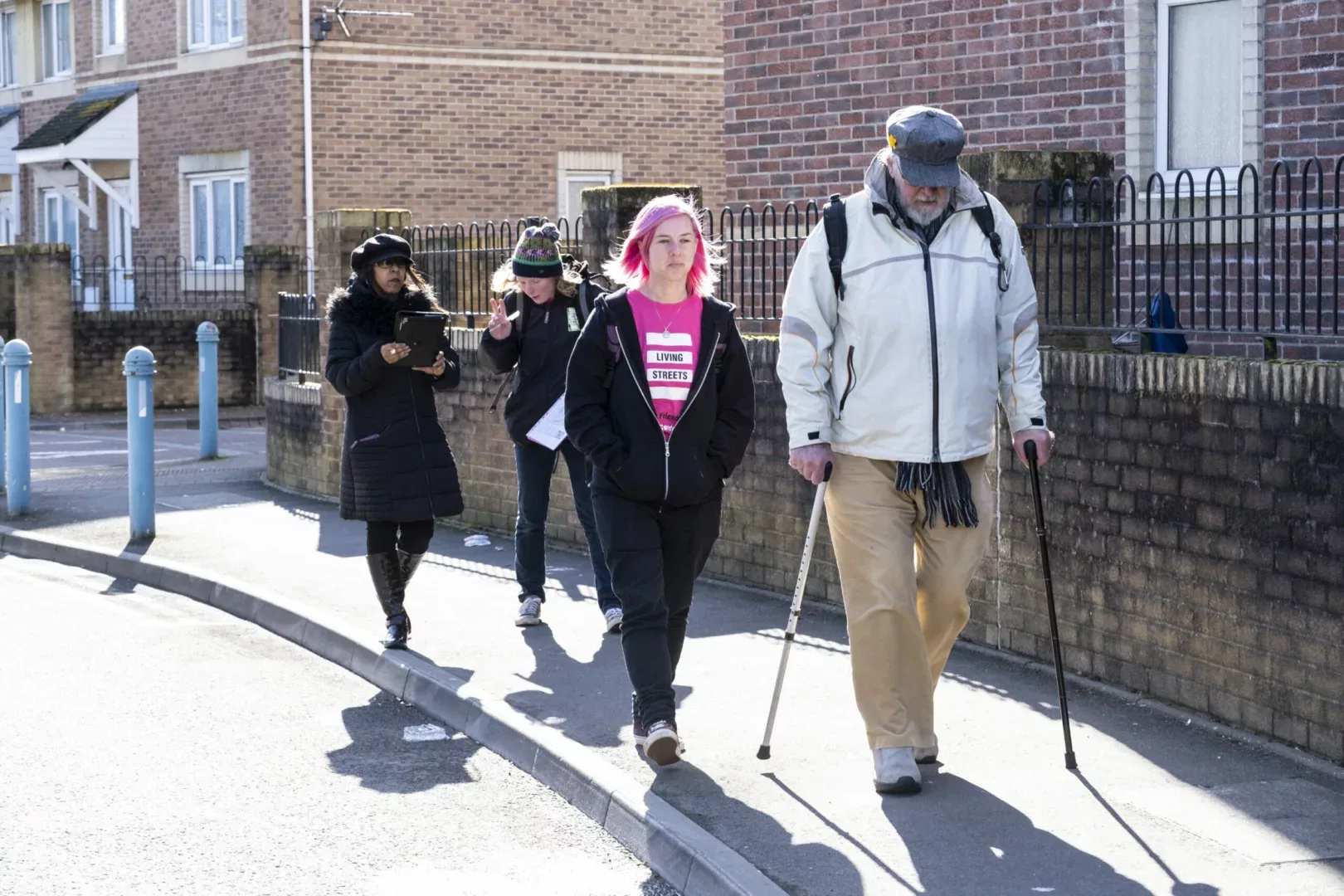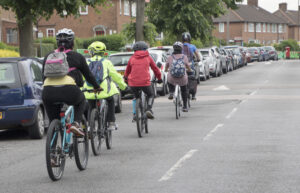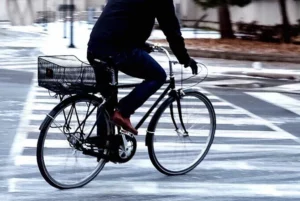Pedestrian falls cost taxpayers as much as £0.5 billion a year, according to a new report launched today (1 March 2023).
Pedestrian Slips, Trips and Falls is published by walking charity Living Streets and highlights the need to protect our streets for the 11 million older adults (aged 65+) living in the UK.
The report investigates the nature and scale of slips, trips and falls on our pavements based on a literature review, street reviews, local authority surveys, interviews with highway officers and hospital admissions data.
Around a third of people aged 65 and over, and around half of people aged 80 and over, fall at least once a year. Although research is limited, it is estimated that 10% of people over 65 will fall outside, which means there could be as many as a million outdoor falls among older adults (65+) in England each year. Nearly one in three (31%) older adults are put off from walking because they worry that they will fall on uneven and poorly maintained pavements, with half (48%) saying they would walk more if pavements were better maintained.
By 2030, one in five people in the UK will be over 65 and the fastest growing age group will be 85+ years. Falls are a leading cause of injury-related deaths and hospital admissions among older adults and can result in the person who falls becoming homebound or institutionalised.
Footway faults such as broken ironworks, surface defects and damaged street furniture are trip hazards. An estimated £1.69bn is needed to repair pavements or maintain them in their current condition.
Author of the report, Dr Rachel Lee, Policy and Research Manager, Living Streets said:
“Poor pavements have a real cost with hospital admissions due to trips and falls placing a huge burden on NHS and local authority budgets.
“Prevention is better than cure. We need to prioritise funding for safe and hazard-free pavements, so older people can enjoy the health and social benefits that come from walking.”
The report was funded by the Department for Transport and Living Streets makes recommendations on what the Government could be doing to address the challenges and inspire people to walk more, including better data collection and prompt treatment for injuries to help people get back on their feet quicker.






















